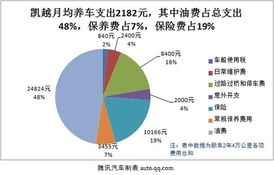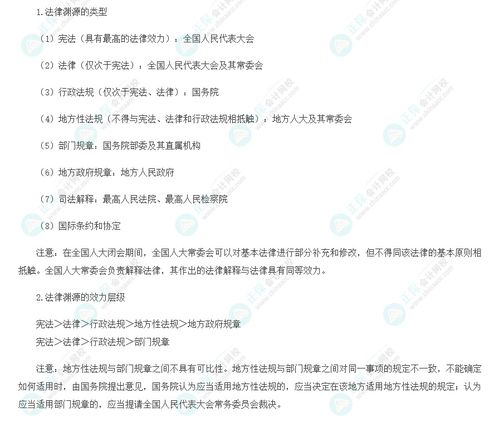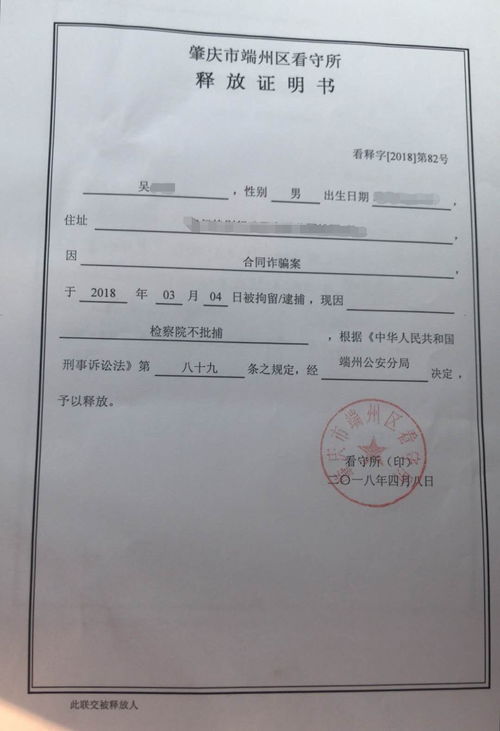非全法律非法学硕士可报法考吗
Title: Maximizing Efficiency in Manufacturing Processes
In the realm of manufacturing, optimizing efficiency is paramount for staying competitive and profitable. Let's delve into some key strategies and technologies that can enhance productivity across various stages of the manufacturing process.
1. Automated Production Lines
Implementing automated production lines can significantly streamline manufacturing processes. By utilizing robotics and AIdriven systems, tasks that are repetitive or require precision can be executed with minimal human intervention. This not only reduces labor costs but also enhances speed and accuracy.
2. Lean Manufacturing Principles
Adopting lean manufacturing principles is essential for eliminating waste and improving overall efficiency. Techniques such as value stream mapping, 5S methodology, and continuous improvement (Kaizen) can help identify inefficiencies and streamline workflows. By optimizing resource utilization and minimizing downtime, companies can achieve higher productivity levels.
3. Advanced Materials and Technologies
Incorporating advanced materials and technologies can revolutionize manufacturing processes. For instance, additive manufacturing (3D printing) allows for rapid prototyping and customized production, reducing lead times and enabling ondemand manufacturing. Similarly, the use of composite materials can enhance product durability while reducing weight, leading to greater fuel efficiency in transportation equipment.
4. Supply Chain Optimization
Efficient supply chain management is critical for ensuring smooth operations in manufacturing. By leveraging data analytics and predictive modeling, companies can optimize inventory levels, anticipate demand fluctuations, and mitigate supply chain risks. Collaborating closely with suppliers and adopting justintime inventory practices can further streamline operations and reduce storage costs.
5. Energy Efficiency Measures

Reducing energy consumption not only lowers operational costs but also contributes to environmental sustainability. Implementing energyefficient technologies such as LED lighting, smart sensors, and energyefficient machinery can significantly decrease electricity usage in manufacturing facilities. Additionally, utilizing renewable energy sources such as solar or wind power can further reduce carbon footprint and enhance brand reputation.
6. Employee Training and Engagement
Investing in employee training and engagement is crucial for fostering a culture of innovation and continuous improvement. Providing employees with access to ongoing training programs not only enhances their skills but also boosts morale and job satisfaction. Encouraging employee involvement in decisionmaking processes and recognizing their contributions can instill a sense of ownership and accountability, driving productivity gains.
7. Quality Control Measures
Maintaining stringent quality control measures is essential for delivering highquality products to customers. Implementing robust quality management systems, such as Six Sigma or Total Quality Management (TQM), can help identify defects early in the production process and prevent costly rework or recalls. Utilizing advanced inspection technologies, such as machine vision systems and nondestructive testing techniques, can ensure compliance with quality standards and regulations.
Conclusion
By embracing automation, lean principles, advanced technologies, and sustainable practices, manufacturers can optimize efficiency at every stage of the production process. From reducing waste and improving resource utilization to enhancing product quality and employee engagement, implementing these strategies can drive significant performance improvements and competitive advantage in today's dynamic manufacturing landscape.











